Tourist attraction sites in Dire Dawa city: Historical towns and villages
Dire Dawa, one of Ethiopia’s most vibrant cities, is not only a modern hub but also a gateway to a rich historical tapestry. Nestled in the eastern part of the country, the region surrounding Dire Dawa is dotted with ancient towns and villages that offer a glimpse into Ethiopia’s storied past.
From the medieval ruins of Harla Village, a once-thriving capital of the Harla Kingdom, to the historic trade outpost of Qal’ad (Jeldasa), these sites showcase the cultural, economic, and architectural heritage of the area. This article explores two remarkable historical destinations near Dire Dawa, highlighting their significance as tourist attractions and their enduring legacy as of June 12, 2022.
Harla Village
Located approximately 15 km from Dire Dawa on the road to Dengego, Harla is a 13th-century town covering nearly half a square kilometer. Encircled by a stone wall, Harla served as the capital of the Harla Kingdom, strategically positioned between the Indian Ocean and Ethiopia’s highlands.
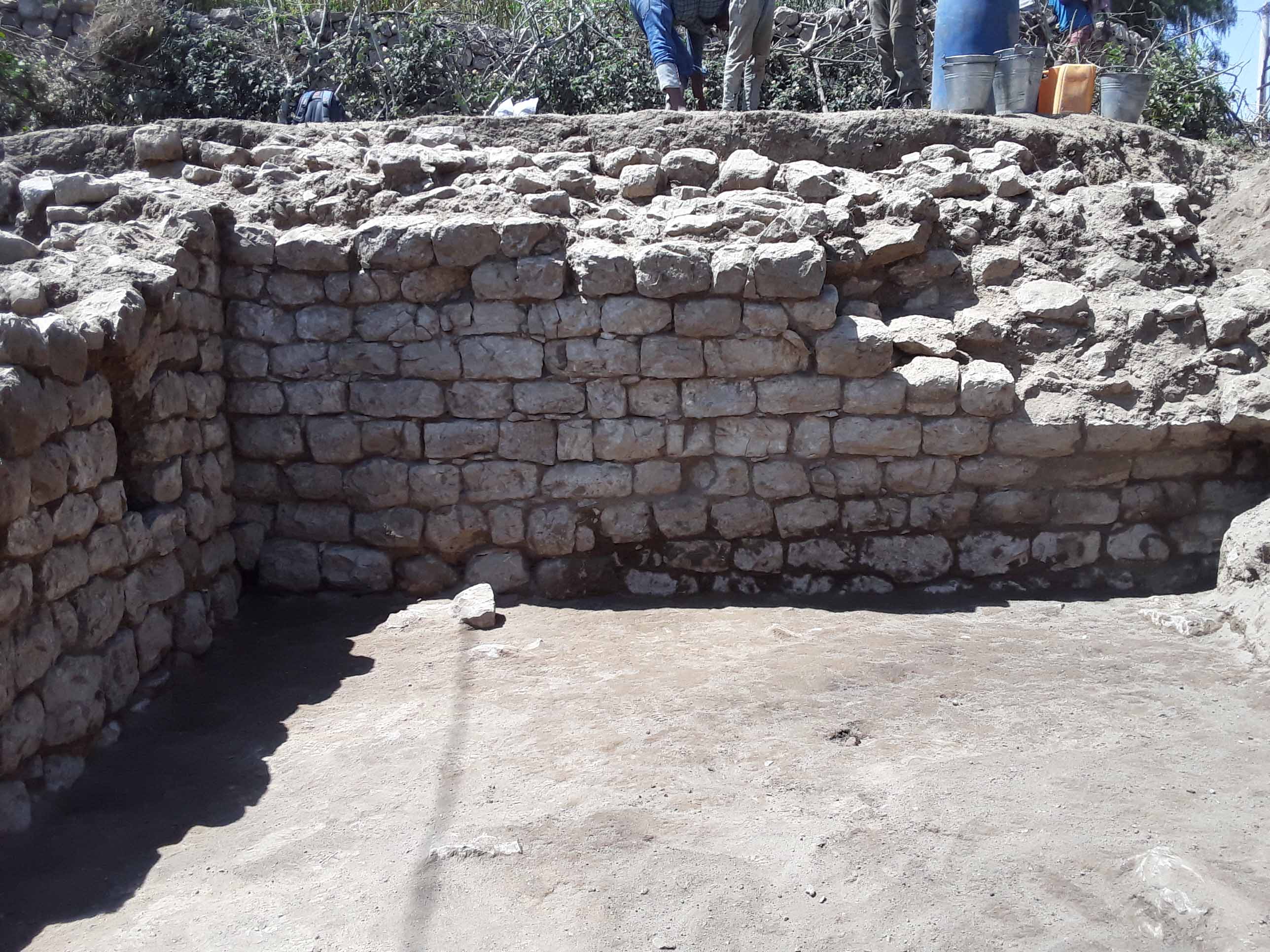
Harla developed extensive commercial ties with Zeila, a coastal town and a vital gateway to the Middle East and Far East. These connections facilitated cultural exchanges between Ethiopia’s Nilotic, highland, and lowland communities and those of the Arabian Peninsula, India, and beyond, as documented in historical chronicles.
Archaeological finds, including coins inscribed in Arabic and Chinese, glass fragments, ornaments, knitting tools, and pottery shards, attest to the town’s cosmopolitan nature. A notable discovery is a 10 cm long, 5 cm wide, and 1 cm thick stone moon calendar, split into two pieces but still legible. Originally designed as two orthogonal components, it likely aided in tracking seasonal lunar movements from a ceremonial landmark.
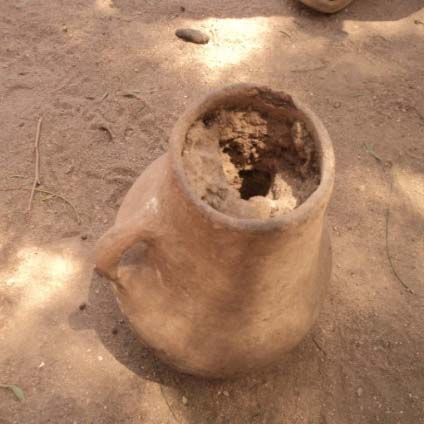
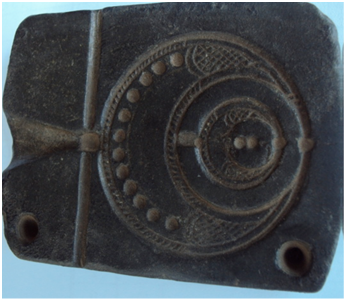
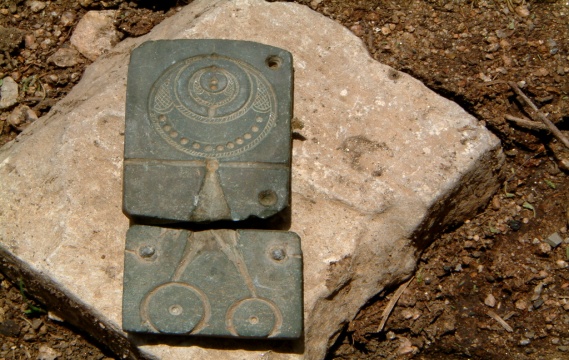
The town’s economy thrived on handicrafts (weaving, knitting, pottery, glasswork, woodworking, and ironwork), agriculture, cattle rearing, leather processing, mining (copper), and quarrying (quartz, sand, marble, stone). A sophisticated terrace system, complete with drainage and water supply infrastructure, supported gardens and agricultural fields across the surrounding hilly terrain. Harla’s gentle landscape enabled such advanced engineering.
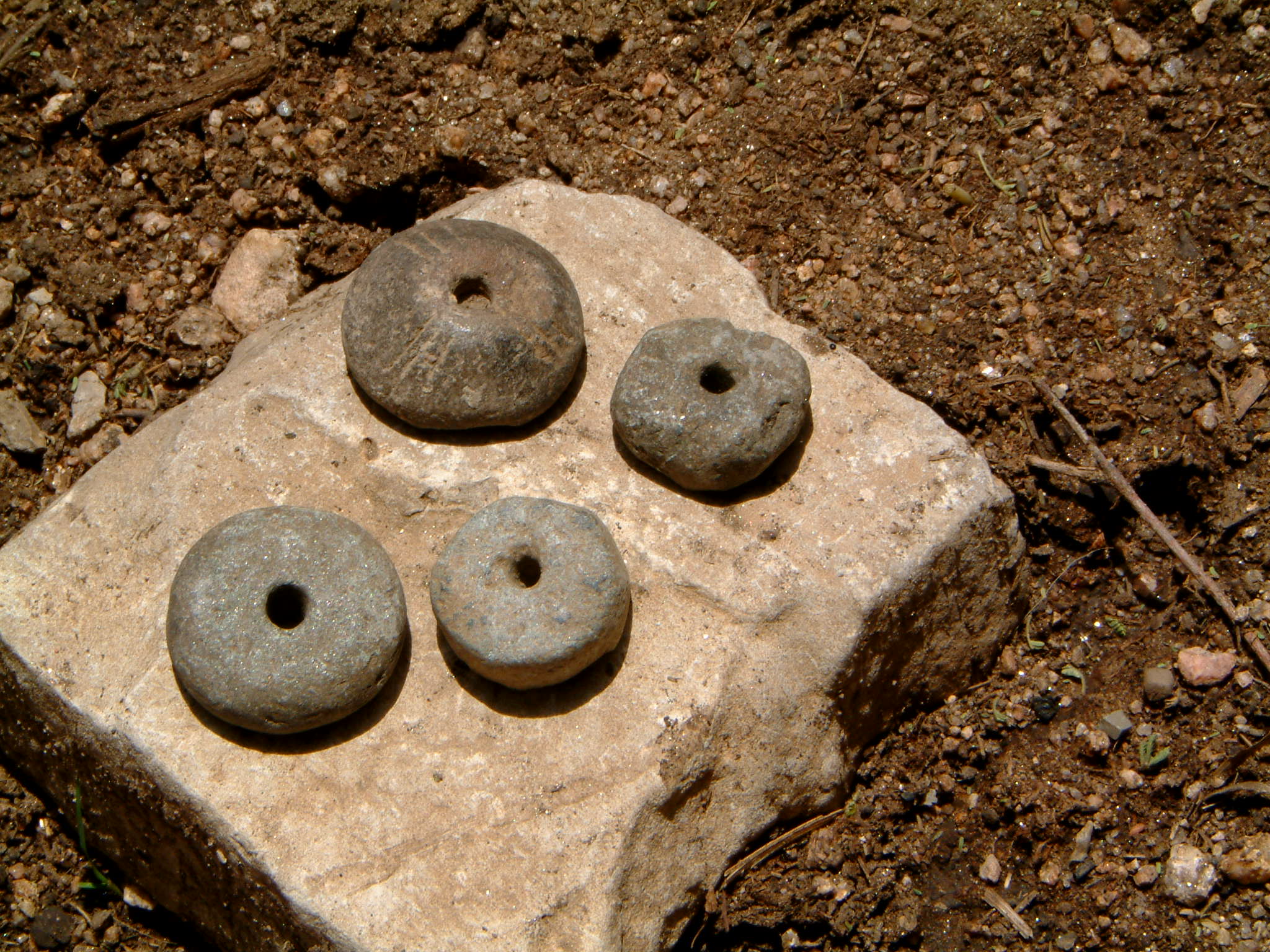
As an administrative and religious center, Harla likely housed a mint, utilizing locally sourced copper. A network of paths connected the town to neighboring settlements and the Chercher Mountains. Evidence of these links may exist near Hulul Mojo at Abi Yasid, en route to Kersa. Visible remnants include parts of a fortress wall at a crossroad, a small mosque shaded by a sacred tree, functioning water wells, a black stone mill, and a stone water reservoir.
Numerous graves, with stones protruding 10 to 20 cm above ground, dot the town’s former perimeter, particularly on hilltops, alongside human bone fragments. A broken round stone tablet inscribed in Arabic, resembling designs on copper coins, was also uncovered. At the settlement’s center, a large rock, locally called the “chair,” likely served as a ceremonial platform.
The reasons for Harla’s decline remain uncertain. Possible factors include the mid-17th-century defeat of Gragn, internal social unrest, or a major earthquake in the Rift Valley, potentially centered in the volcanic region of present-day Awash National Park (Fentale volcano). Climatic or political shifts may have also contributed. By the 16th century, Harar had surpassed Harla as the region’s political, religious, and economic hub.
Qal’ad (Jeldasa)
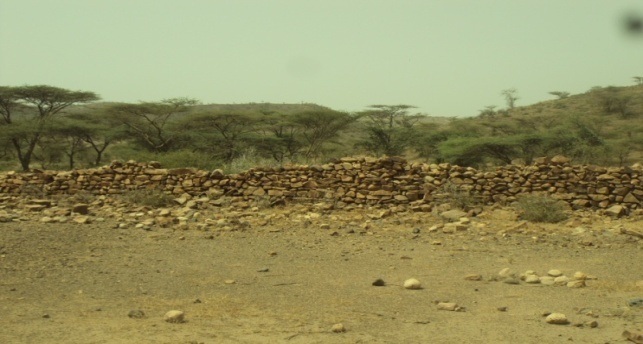
Qal’ad, located in present-day Jeldasa village, lies 28 km from Dire Dawa along the historic caravan route connecting Harar to the Gulf of Tadjoura. Following the victory of Menelik II’s forces over the Sultan of Harar on January 7, 1887, Ato Mersha raised the Ethiopian flag in Dawale, becoming the region’s governor. This event marked a turning point, integrating Dire Dawa’s region into the Shoa trading network.
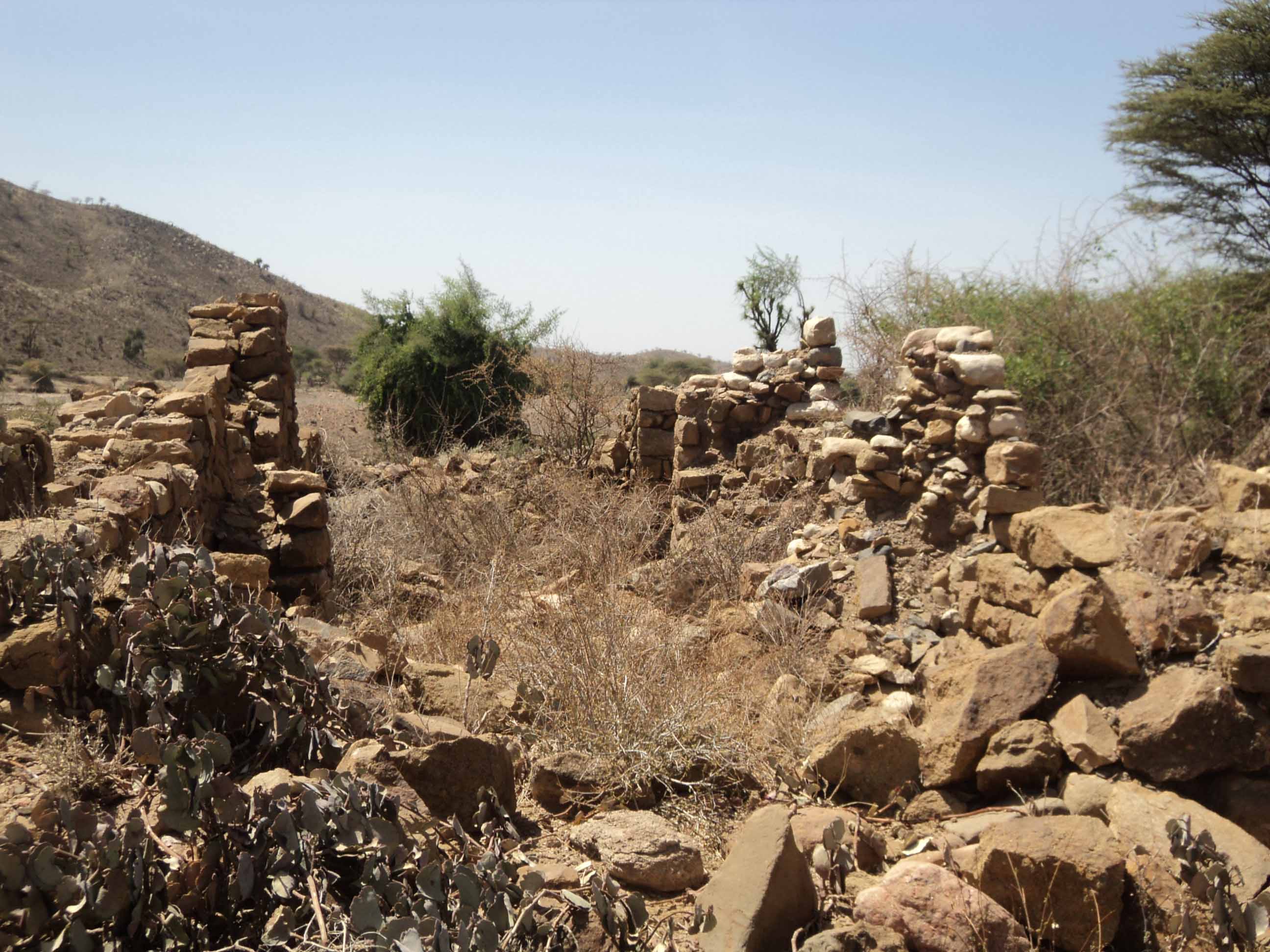
Qal’ad once functioned as a customs collection point. Its landscape mirrors that of Dire Dawa, and it was initially planned as a regional hub for controlling imports and exports. However, with the establishment of Dire Dawa, Qal’ad’s strategic importance diminished, and its trade functions waned.
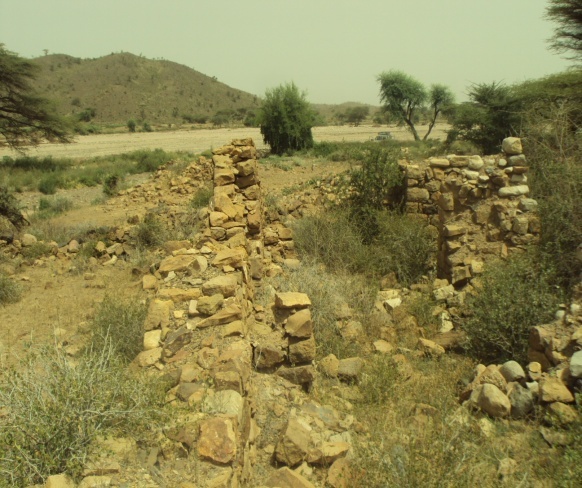
Today, the village retains historical structures, including houses, mosques, and other buildings over 150 years old. The ruins of the residence of Mersha Nahusenay, the former village chief, perch atop a hill overlooking the settlement.













